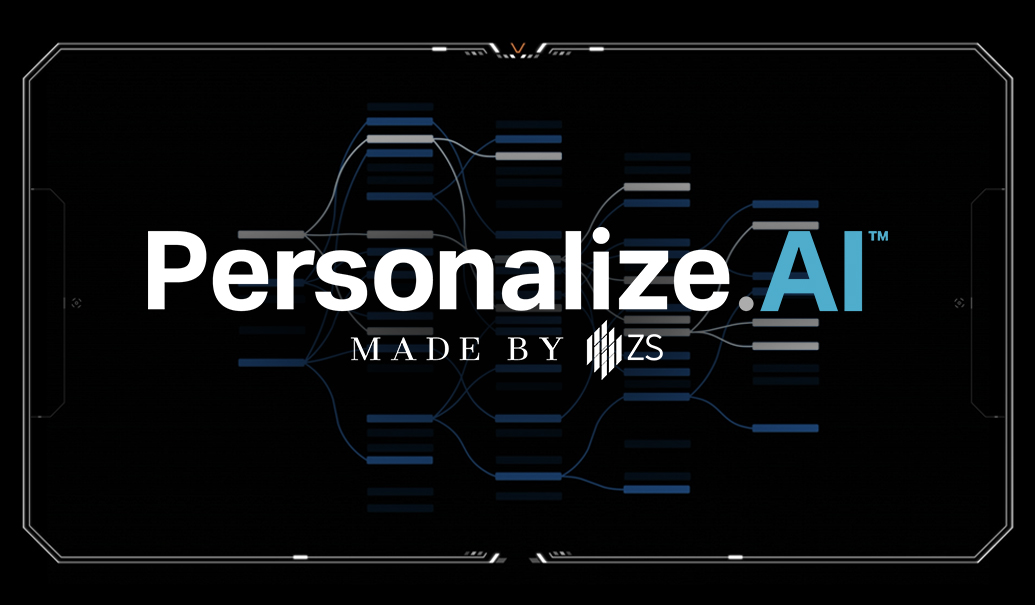Accelerate generative AI’s impact with these key steps
Leaders are showing clear steps toward tangible outcomes from generative AI investments. Here are the critical actions that pave the way:
Develop your roadmap for AI. Assess your current AI capabilities, including generative AI and classical AI, data infrastructure, technology capabilities, talent proficiency and company culture vis-à-vis innovation, collaboration and adaptability. From this baseline, bring your roadmap to life with realistic milestones to shore-up any weaknesses.
Establish an AI operating model. By its nature, scaled use of generative AI requires cross-functional collaboration. Establish an operating model that builds collaboration on topics like risk management, responsible AI and use case prioritization.
Build for value realization. Demonstrate AI's value through tangible outcomes like cost savings, revenue growth and operational efficiencies. Help people adopt and trust generative AI as they embrace change. To thrive, they’ll need a culture that values creativity, collaboration and continuous improvement.
Put your use case prioritization engine to work. This approach prioritizes use cases based on:
- Innovative ideas. Invite employees to innovate but support them with a cohesive prioritization approach to ensure ideas and resources align with overall goals.
- Comprehensive intake. Require detailed information on value, risk, strategic fit, value measurements and who will need to buy-in to make ideas work.
- Structured decision-making. The best will involve a diverse stakeholder group for broad buy-in and support.
See how we help you scale the value of AI
Featured insights on generative AI
How the world of AI is changing business
Discover the latest trends on generative AI with Forbes contributor Arun Shastri
Connect with our experts
Frequently asked questions about generative AI
What are the broad types of generative AI use cases?
Common generative AI use cases generally fall into four large categories where models can 1. synthesize information, 2. generate content, 3. provide answers or 4. act as an agent. When it acts as an agent, this means generative AI can break down a business problem into its constituent tasks, complete each task, request feedback, change tack, deliver the requested information and then explain what it did and how.
Should we start assessing job tasks that AI agents can do instead of our people?
While automating tasks can make workers more efficient, we don’t see it creating a sustainable competitive advantage because anyone can do it. More advanced strategies will see companies deploy LLMs to rethink how to carry out work differently, for example by supplying predictive information or simulating outcomes that will likely change tasks and processes.
What’s the hierarchy of risk when considering generative AI use cases?
Generally, as the sensitivity of data increases, risk should be evaluated more thoroughly. For example, teams can evaluate models trained on publicly available data differently than those that may use more sensitive information. Similarly, models that augment decisions and keep humans in the loop can be good places to start with lower risk to your organization than those that automate decisions.
Can we make AI more trustworthy?
You don’t want to create an AI solution only to have its validity and bias exposed by end users. A trusted AI framework can be used to guide development and enhance transparency throughout a model’s life cycle as part of your overall governance model. One potential use case for generative AI is making traditional AI solutions more trustworthy by making them more explainable and intuitive for more users.
How should we organize for using generative AI?
Considering the speed at which generative AI could develop, a coordinated approach is a must. In addition to a responsible leader, representatives from your data science community, engineering, legal, cybersecurity, risk, marketing and other core functions should be charged with aiding the overall approach to balance risk and value.
























